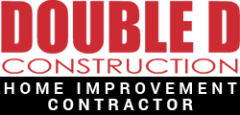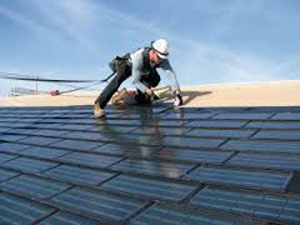When we think of insulation, we usually think of materials placed in attics, walls and crawl spaces that retard heat transfer and help keep our houses and offices cooler in summer and warmer in winter. Insulation can also protect the structural components and integrity of a building. Insulating a roof not only helps reduce energy bills and provides comfort for those inhabiting the space below, it also extends the life of a roof.
Temperatures on roofs can rise up to 90 degrees higher than the ambient air temperature. When exposed to sunlight in warm climates, roofs transfer radiant heat to the surfaces of objects below in attics and buildings. Insulating attic spaces with radiant barriers and reflective insulation reduces the transfer of radiant heat, reflecting it back to the roof. This decreases the temperature within the structure. The damaging effect of elevated roof temperatures to roof materials and roofing systems is becoming more recognized not only by builders and architects but also by environmental and conservation organizations and governments. Heat causes chemical reactions of roofing materials and compounds, which causes degradation of the roofing system. This, in turn, shortens the life of a roof.
For every 18-degree increase in temperature, the serviceable life of roofing materials is halved. Roof insulation can be applied to existing roof systems. Particular materials are suited for different types and slopes of roofs, including steep-sloped, low-sloped, and flat. Insulation materials include latex and acrylic barriers, bituminous asphalt, elastomeric (non-bituminous) coatings, fibered coatings, and polystyrene or rigid foam panels. The incorporation of light-colored pigments and reflective materials into traditional coatings provides protection against damage from solar radiation and heat gain. When a new roof is required, white or light-colored materials provide thermal insulation, reduce roof temperatures and prolong the life of a roof. Traditional roof materials like clay tiles and shingles are now available in reflective materials that reduce thermal transfer and promote solar reflection. Call us at (732) 981-0800 if you are looking for roofing contractors in New Brunswick, NJ.




